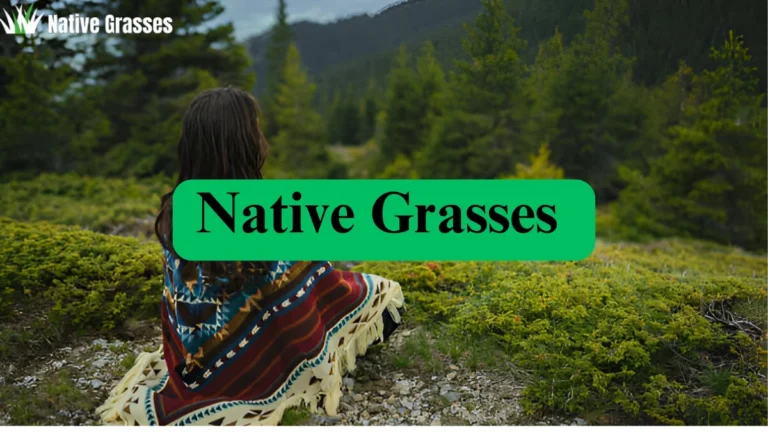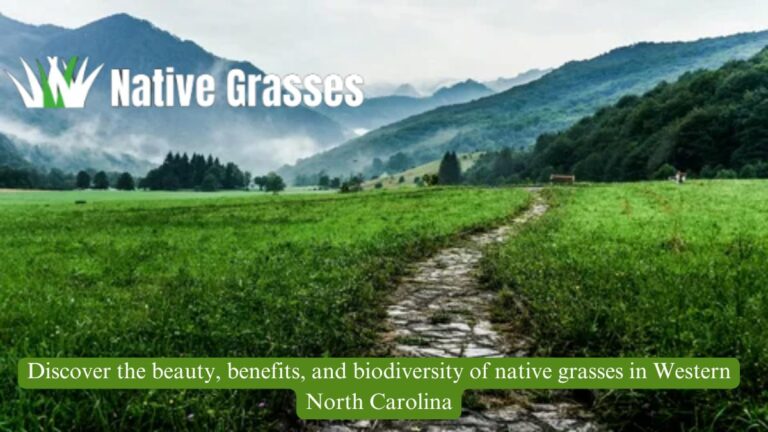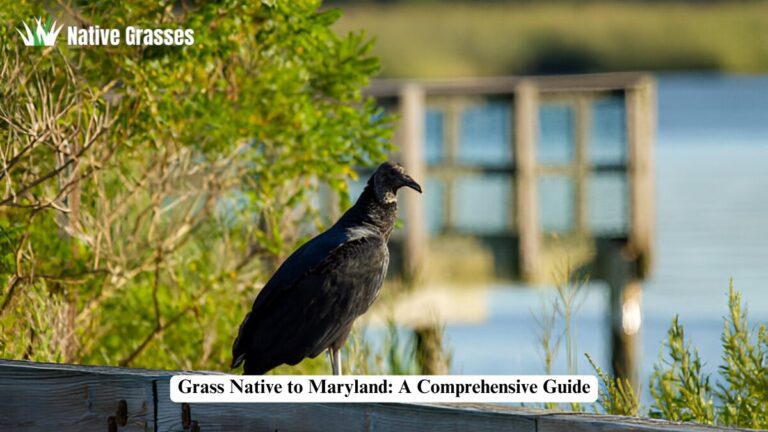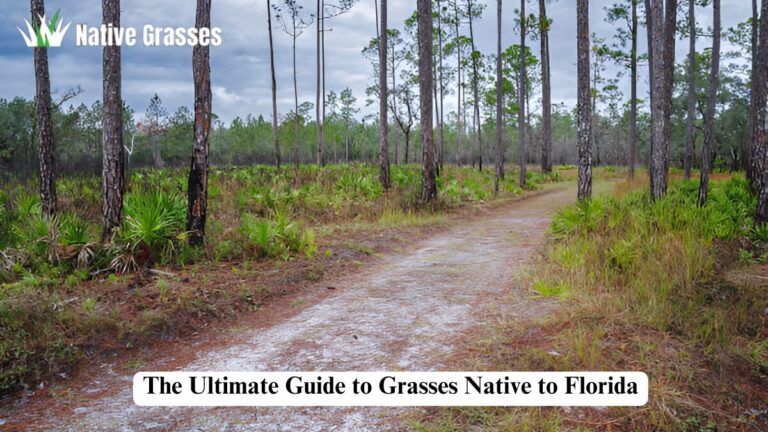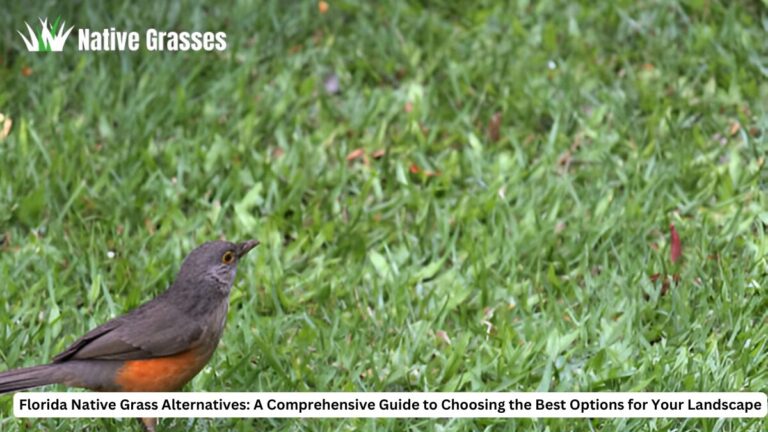Native Grasses Connecticut: A Comprehensive Guide
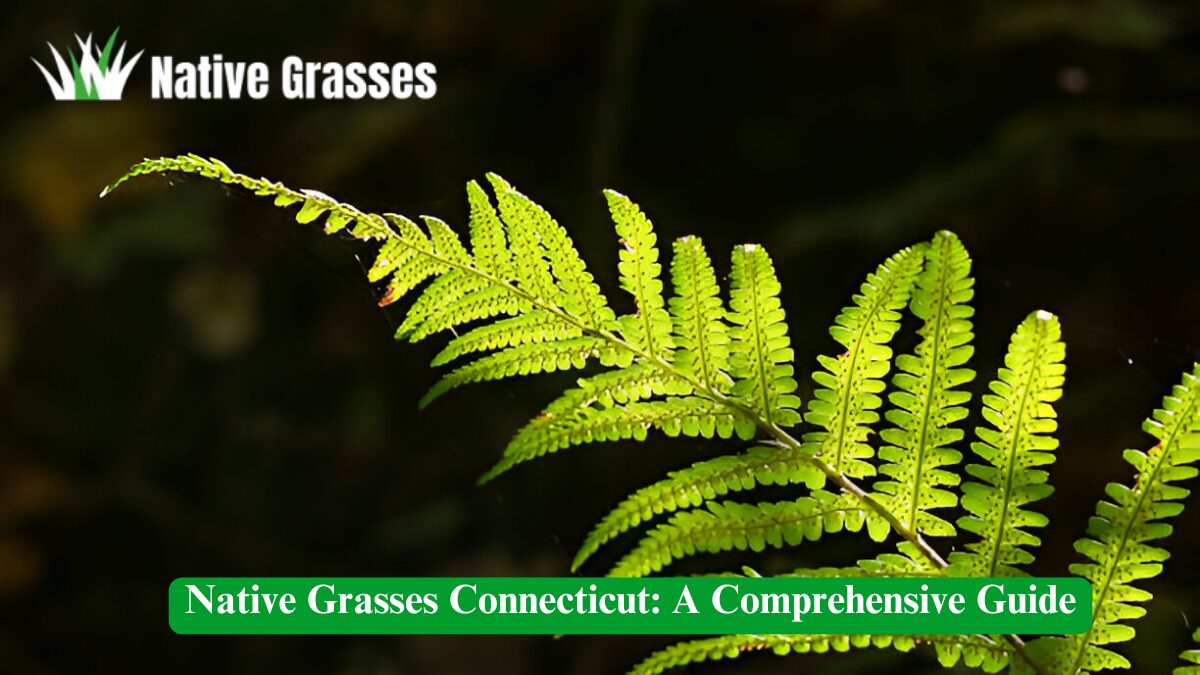
Native grasses play a vital role in Connecticut’s ecosystems. They contribute to biodiversity, provide wildlife habitat, and enhance landscapes’ resilience against environmental stressors. This guide explores the types of native grasses in Connecticut, their benefits, and practical tips for integrating them into landscapes.
What Are Native Grasses?
Native grasses are plant species that have evolved naturally in a specific region over centuries. Connecticut’s grasses are adapted to local climate, soil, and ecological conditions. Unlike non-native or invasive species, native grasses require minimal maintenance and local ecosystem support.
Benefits of Native Grasses
Environmental Benefits
- Soil Stabilization: Their deep root systems prevent soil erosion.
- Water Conservation: Native grasses are drought-resistant, reducing the need for irrigation.
- Carbon Sequestration: These grasses capture and store carbon, mitigating climate change.
Ecological Benefits
- Wildlife Habitat: They provide food and shelter for birds, insects, and small mammals.
- Pollinator Support: Grasses like switchgrass attract pollinators, aiding in plant reproduction.
- Biodiversity Enhancement: Encourages a diverse range of flora and fauna.
Aesthetic and Practical Benefits
- Low Maintenance: Native grasses require less water, fertilizer, and mowing.
- Natural Beauty: Their textures and colors add visual appeal to landscapes.
- Cost-Effectiveness: Reduced maintenance translates to long-term savings.
Popular Native Grasses in Connecticut
Little Bluestem (Schizachyrium scoparium)
- Height: 2-4 feet
- Features: Blue-green foliage that turns reddish-orange in fall.
- Habitat: Thrives in dry, well-drained soils.
- Uses: Ideal for erosion control and ornamental purposes.
Switchgrass (Panicum virgatum)
- Height: 3-6 feet
- Features: Tall, upright grass with airy flower panicles.
- Habitat: Grows in a variety of soils, including wet areas.
- Uses: Excellent for biofuel, forage, and landscaping.
Indian Grass (Sorghastrum nutans)
- Height: 3-5 feet
- Features: Golden-brown seed heads with arching leaves.
- Habitat: Prefers sunny, open areas.
- Uses: Provides wildlife cover and ornamental appeal.
Pennsylvania Sedge (Carex pensylvanica)
- Height: 6-12 inches
- Features: Fine-textured grass with a soft appearance.
- Habitat: Found in shaded woodlands.
- Uses: Ground cover for shaded areas.
How to Incorporate Native Grasses in Landscapes
Designing with Native Grasses
- Choose the Right Grass: Match the grass to the soil, light, and moisture conditions.
- Combine with Wildflowers: Enhance visual interest and ecological value.
- Plan for Seasonal Interest: Select grasses with varying bloom times and colors.
Planting Tips
- Site Preparation: Remove weeds and prepare the soil.
- Spacing: Allow adequate room for growth.
- Timing: Plant in spring or fall for best results.
Maintenance Practices
- Watering: Minimal after establishment; water during prolonged droughts.
- Pruning: Cut back dead foliage in late winter.
- Weed Control: Mulch and monitor for invasive species.
Case Study: Restoring a Meadow with Native Grasses
Location: Fairfield County, Connecticut
Objective: Replace a mowed lawn with a low-maintenance, biodiverse meadow.
Process:
- Site Assessment: Analyzed soil type and light conditions.
- Grass Selection: Choose little bluestem, switchgrass, and Indian grass.
- Planting: Planted seeds and plugs in early spring.
- Maintenance: Watered during the first growing season and controlled weeds.
Outcome: The meadow flourished, attracting pollinators and reducing maintenance costs by 60%.
Comparison Table: Native Grasses vs. Non-Native Grasses
| Feature | Native Grasses | Non-Native Grasses |
| Water Requirement | Low | High |
| Maintenance | Minimal | Intensive |
| Biodiversity | High | Low |
| Resilience | Adapted to local conditions | Prone to pests and diseases |
| Cost | Cost-effective long-term | Expensive due to upkeep |
The Role of Native Grasses in Climate Resilience
Mitigating Flood Risks
Grasses like switchgrass absorb excess water, reducing surface runoff.
Combating Heat Islands
Urban areas with native grass landscapes experience cooler temperatures.
Enhancing Soil Health
Their root systems improve soil structure and nutrient cycling.
Challenges in Promoting Native Grasses
Lack of Awareness
Many homeowners are unfamiliar with the benefits of native grasses.
Initial Costs
Establishing a native grass landscape can require an upfront investment.
Competition from Invasive Species
Invasive plants can outcompete native grasses if not managed.
Overcoming Challenges
Education and Outreach
Community workshops and online resources can raise awareness.
Incentives
Programs offering financial support for native landscaping can offset costs.
Regular Monitoring
Early detection and removal of invasive species prevent spread.
Conclusion
Native grasses in Connecticut are more than just plants; they’re a cornerstone of ecological health and sustainable landscaping. Whether you’re a homeowner, landscaper, or conservationist, integrating these grasses into your projects can yield significant environmental, aesthetic, and economic benefits. Start small, stay informed, and contribute to a greener, more resilient Connecticut.

